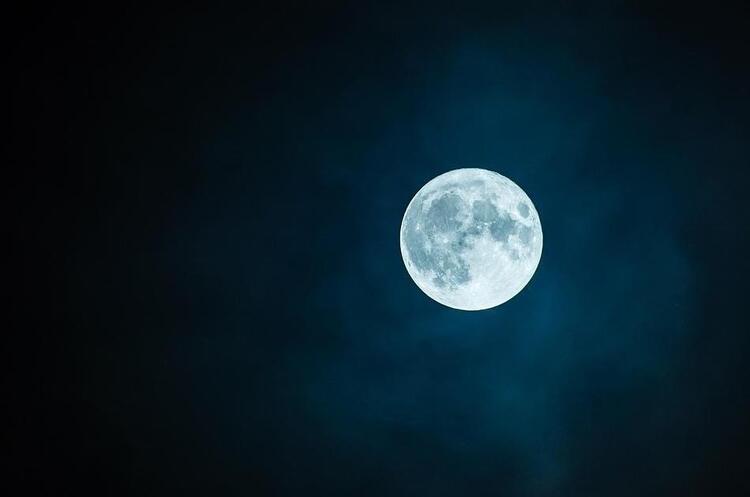China launches probe that will land on the back of the Moon
For almost 2 months, the device will collect soil samples for research

China has launched a mission that, if successful, will deliver soil samples from the back of the Moon to Earth for the first time in the history of space exploration.
The launch vehicle carrying the Chanye-6 probe was launched from the Wenchang Cosmodrome at around 17:30 local time.
The main objective of the 53-day mission is to collect about 2 kg of lunar regolith and deliver it to Earth for analysis.
To do this, it is necessary not only to successfully land on the back side of the Moon (which is still technically challenging), but also to successfully launch back from the same side, facing away from the Earth.
The sun's rays illuminate the back side of the Moon no less than the "front" side, but due to the peculiarities of lunar rotation, this side is always turned away from the Earth, remaining invisible.
Studies have shown that the reverse side of the satellite's surface is covered with an older and thicker layer of crust, dotted with thousands of craters – unlike the "front" side, much of which was covered with lava in ancient times.
According to the plan, the probe is to land near the South Pole in a huge crater (almost 2500 km across), with a depth of 8 km.
There, the device will collect rocks and lunar soil, as well as conduct experiments. That is why scientists hope that the soil collected there will help shed light on the history of the natural satellite.
Five years ago, China became the first country to successfully land a lunar rover on the back of our satellite.
The previous mission, Chang'e 5, successfully returned to Earth in December 2020, delivering new lunar soil samples.
This launch is the first of three unmanned lunar missions planned by Beijing this decade.
By 2030, China intends to land its first astronauts on the Moon, while launching two more missions to collect soil samples from Mars and Jupiter.
Background. Read about the 7 biggest space achievements of the past year in Mind's article "Space 2023 in numbers: a record number of flights, astronauts in orbit, and new 'space countries'".
If you have read this article to the end, we hope that means it was useful for you.
We work to ensure that our journalistic and analytical work is of high quality, and we strive to perform it as competently as possible. This also requires financial independence. Support us for only UAH 196 per month.
Become a Mind subscriber for just USD 5 per month and support the development of independent business journalism!
You can unsubscribe at any time in your LIQPAY account or by sending us an email: [email protected]



